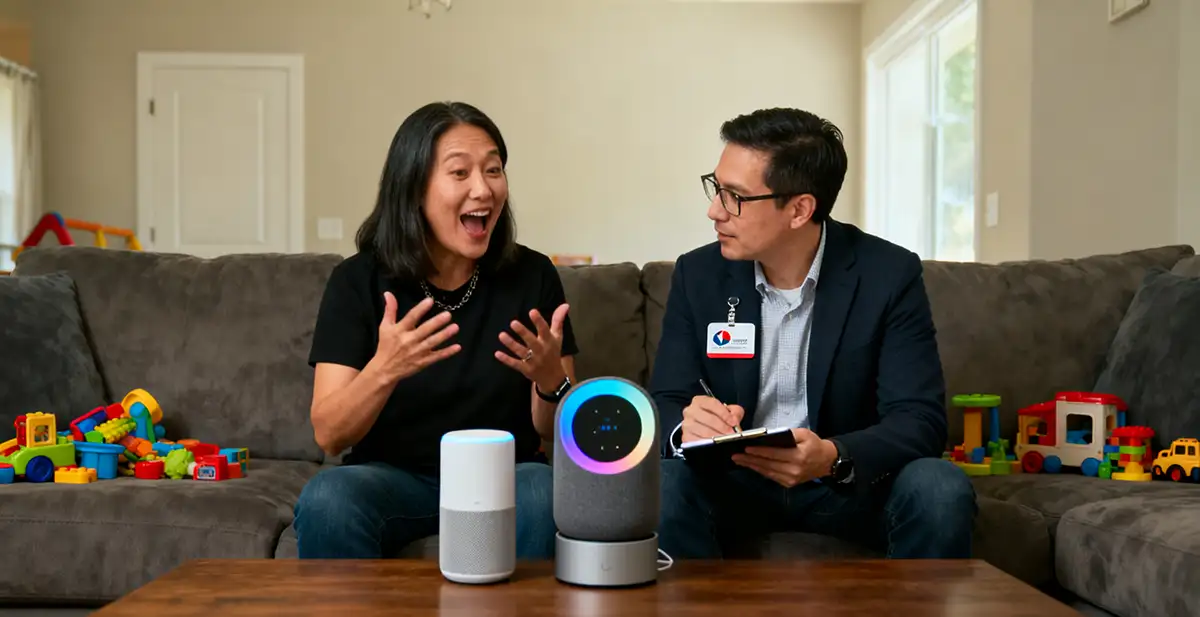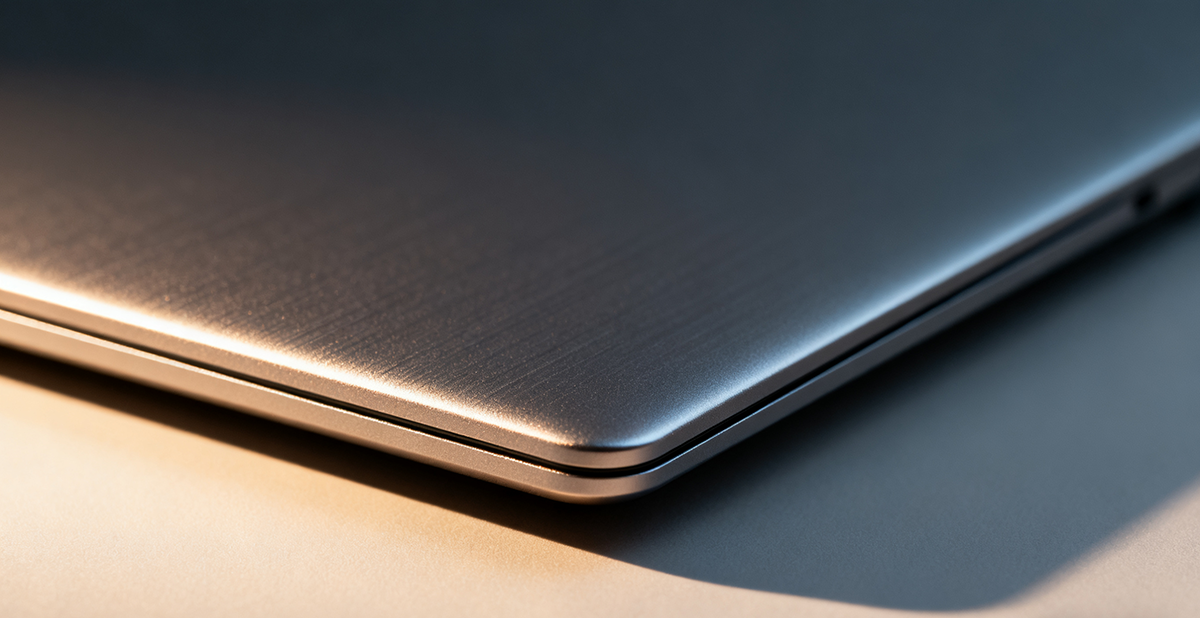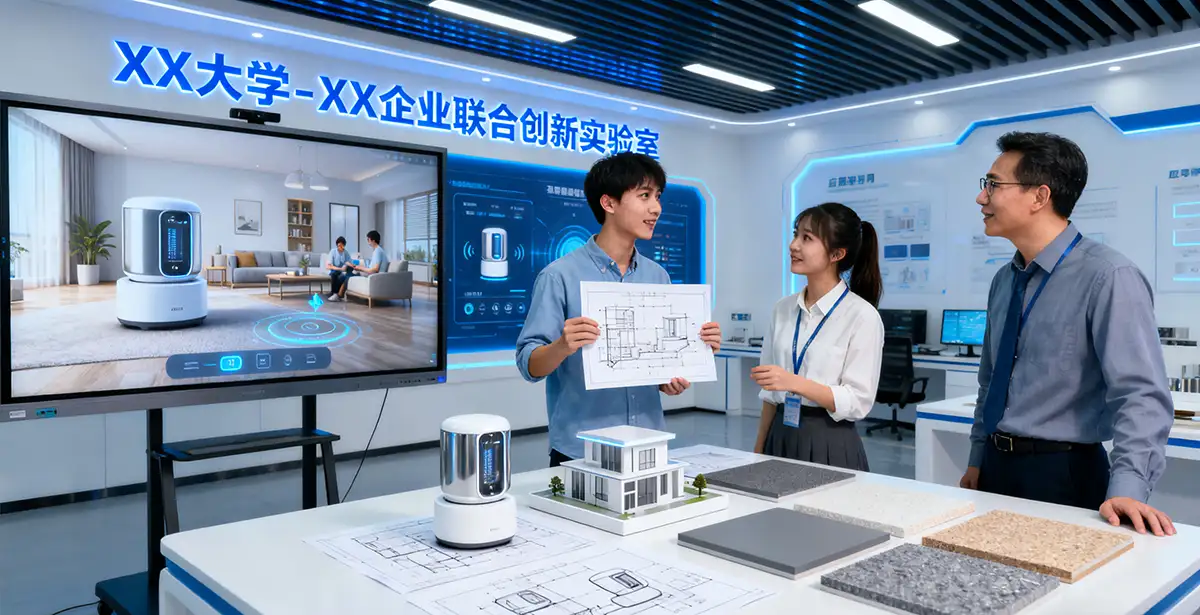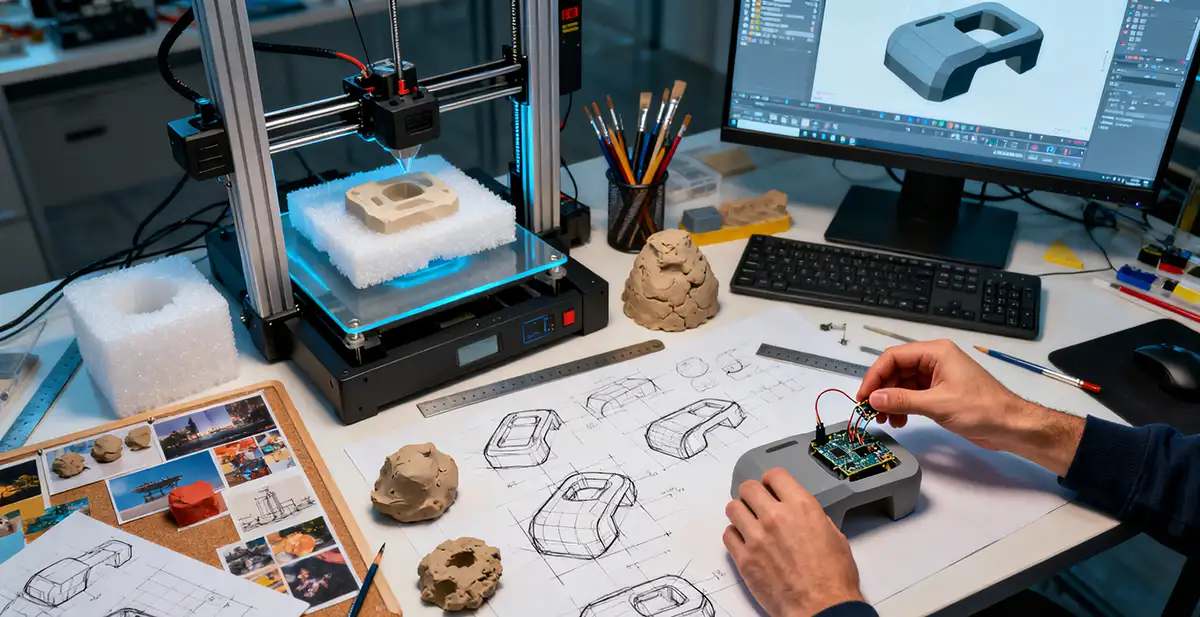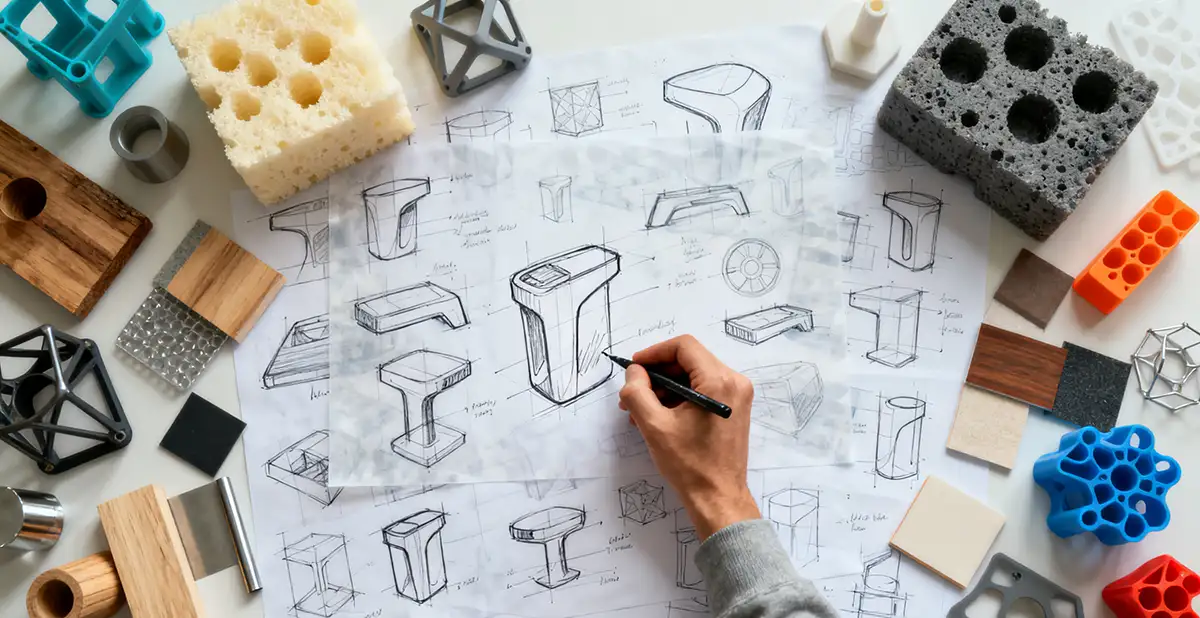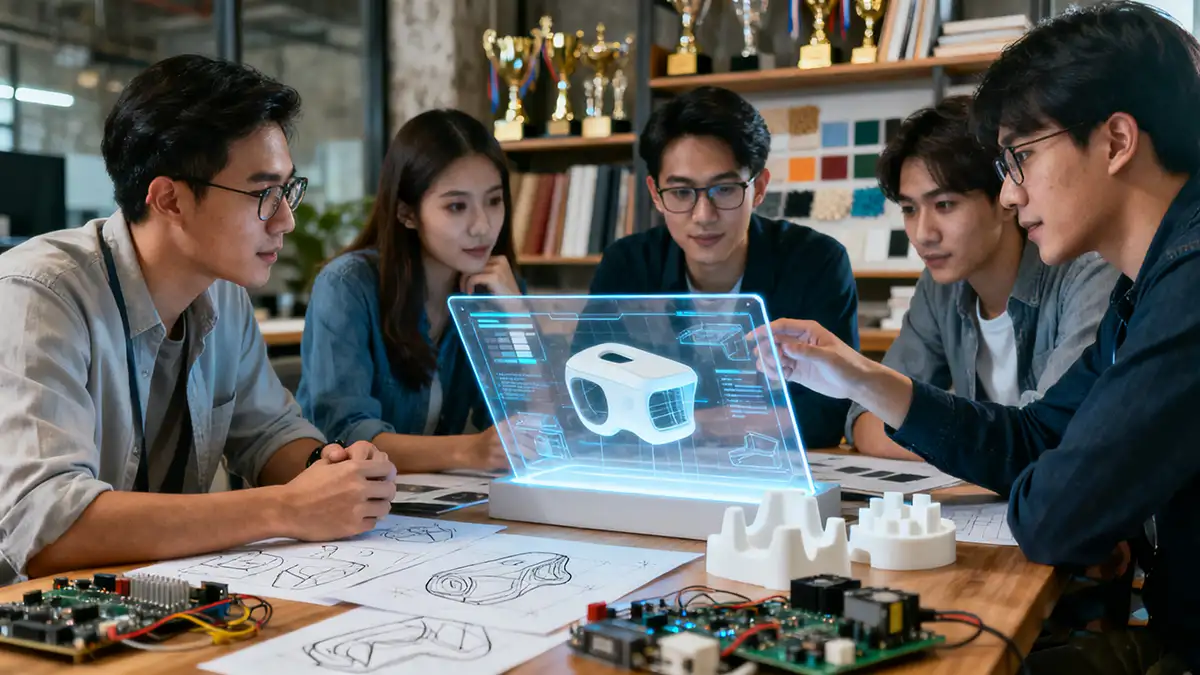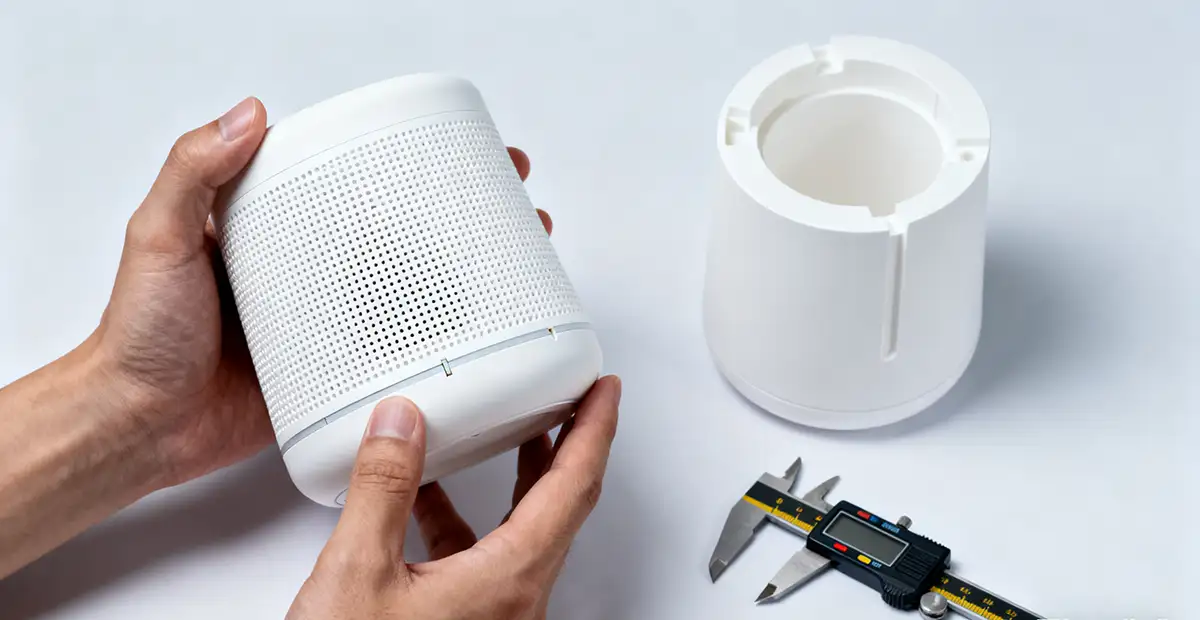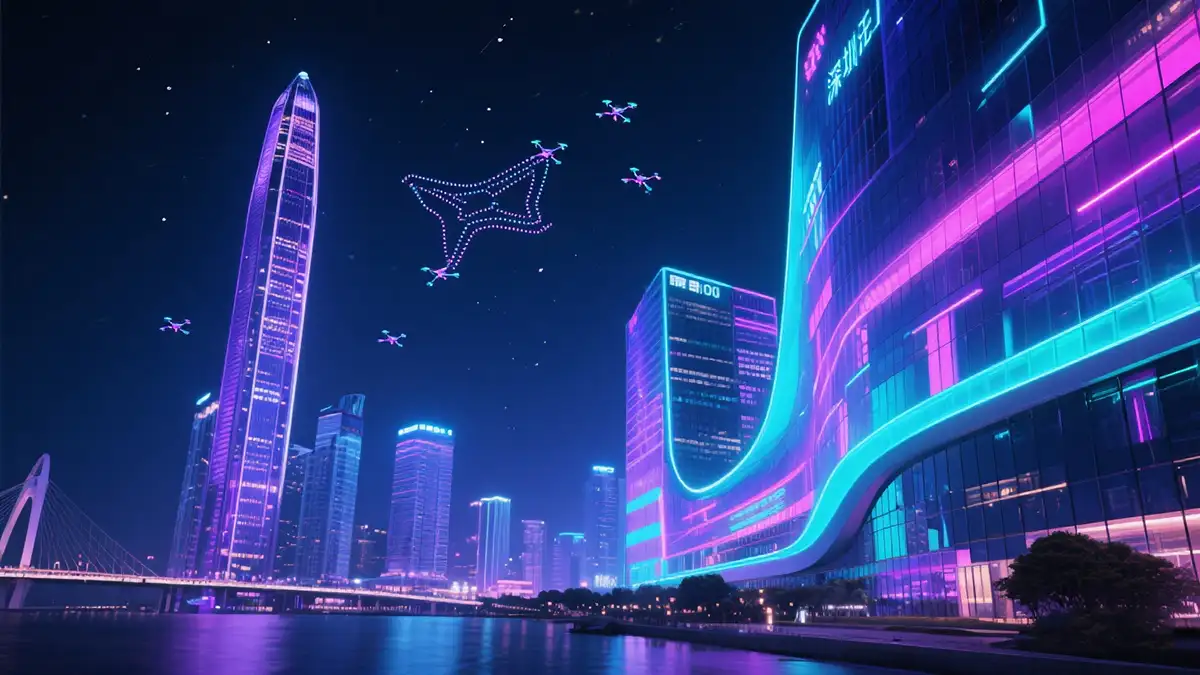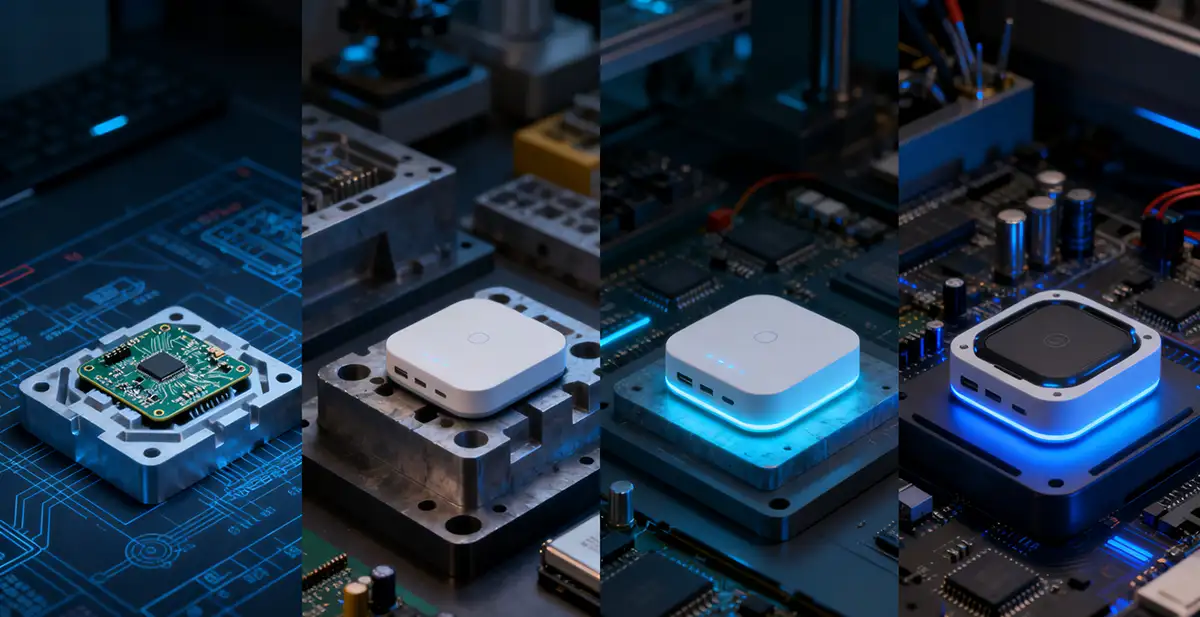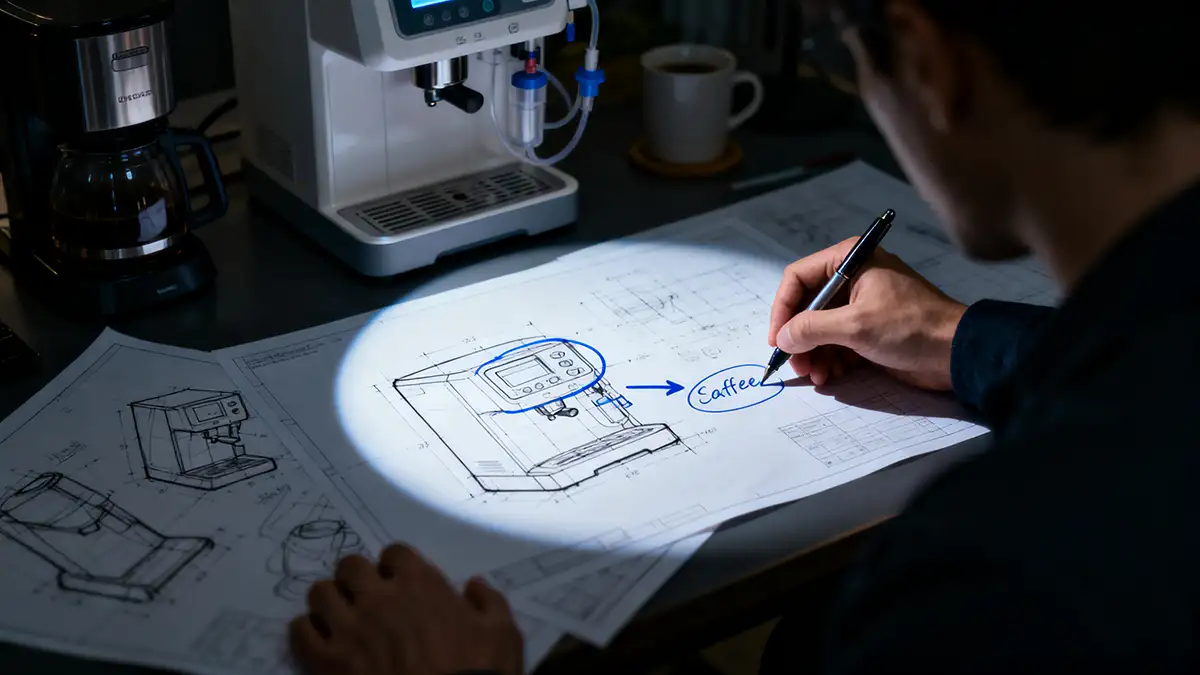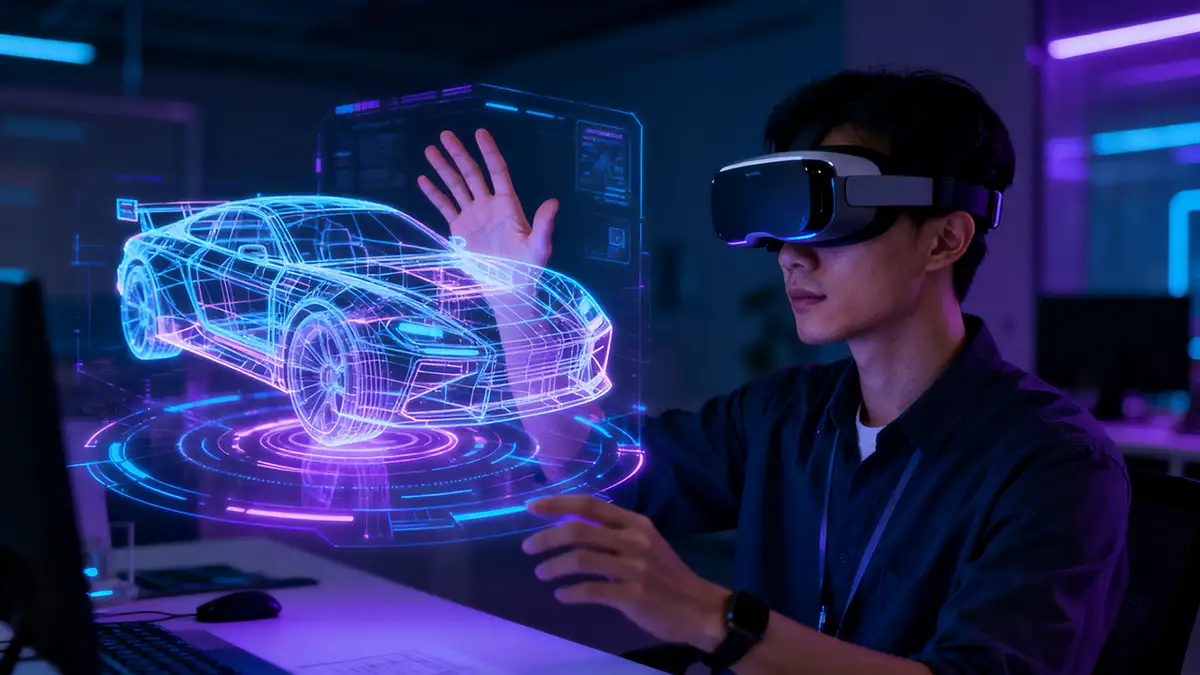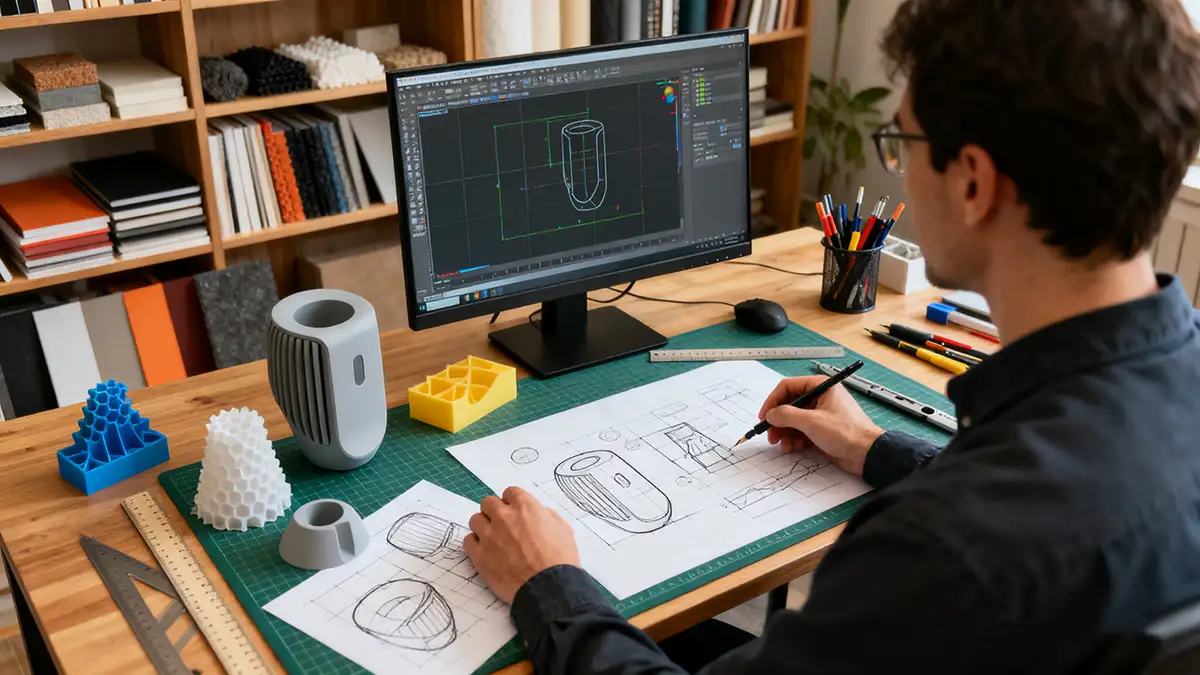NINEIDEA:好的工业设计是在满足产品基本功能的基础上,将美观性、创新性、可持续性和品牌性等多方面因素有机结合,为用户创造出优质的产品体验,同时也为企业和社会带来积极的价值。以下从多个方面来衡量好工业设计多维标准,提供一些关键的参考要素:
功能性:
满足需求:能充分实现产品的各项功能,满足用户在实际使用中的各种需求。例如,手机的工业设计要确保按键布局合理,方便操作,屏幕显示清晰,便于阅读和浏览信息,同时各个功能模块如摄像头、扬声器等性能良好,位置设计得当,以实现其拍照、播放声音等功能。
易用性:产品易于使用和操作,符合人体工程学原理。比如,工具的手柄设计要贴合人手的握持姿势,使使用者在操作时感到舒适,不易疲劳;汽车的内饰设计要考虑驾驶员对各种控制按钮和仪表盘的可视性和可及性,方便驾驶过程中的操作。
美观性:
外形美观:具有吸引人的外观造型,线条流畅、色彩协调、比例恰当,能给人带来视觉上的愉悦感。如苹果公司的产品,其简洁、优雅的外观设计,不仅符合现代审美趋势,还具有独特的品牌风格,让人一眼就能认出并产生喜爱之情。
风格独特:在众多同类产品中具有独特的设计风格,展现出产品的个性与特色。例如,丹麦的 Bang & Olufsen 音响,其设计风格简约而富有科技感,将工业设计与艺术完美结合,使产品不仅是实用的音响设备,更是具有艺术价值的装饰品。
创新性:
理念创新:提出新颖的设计理念,突破传统思维的束缚,为产品带来全新的价值和体验。例如,戴森吹风机摒弃了传统吹风机的大电机设计,将电机置于手柄处,实现了重心下移,更便于用户操作,同时其独特的气流技术也提高了吹干效率,这种创新的设计理念使戴森吹风机在市场上脱颖而出。
技术创新:运用新的技术和材料,提升产品的性能和品质。比如,一些高端自行车采用碳纤维材料进行车架设计,不仅减轻了车身重量,还提高了自行车的强度和稳定性,同时在外观上也呈现出独特的质感。
可持续性:
环保材料:选择环保、可回收的材料进行产品设计,减少对环境的污染。例如,一些家具品牌采用可再生的木材和环保型胶水,生产过程中减少有害物质的排放,产品在使用寿命结束后也易于拆解和回收。
节能设计:产品在使用过程中能够节约能源,降低能耗。如节能灯具的设计,通过优化光源和电路设计,在保证照明效果的同时,降低了电能消耗;电动汽车的设计不断改进电池技术和车身设计,提高能源利用效率,延长续航里程。
品牌性:
体现品牌价值:工业设计要与品牌的定位、价值观和文化相契合,能够准确传达品牌的形象和个性。例如,奔驰汽车的设计一直以来都体现着豪华、高端、稳重的品牌形象,其车型的外观设计大气磅礴,内饰精致豪华,每一个细节都彰显着品牌的品质和格调。
增强品牌识别度:通过独特的设计元素和风格,使产品在市场上具有较高的品牌识别度。如可口可乐的瓶身设计,其独特的曲线造型已经成为了品牌的标志性符号,无论在何处出现,消费者都能轻易识别出这是可口可乐的产品。

From User Experience to Brand Value: Multidimensional Standards for Good Industrial Design
NINEIDEA:Good industrial design is the organic combination of multiple factors such as aesthetics, innovation, sustainability, and branding on the basis of meeting the basic functions of the product, creating a high-quality product experience for users and bringing positive value to the enterprise and society. The following measures the multidimensional standards of industrial design from multiple aspects and provides some key reference elements:
Functionality:
Satisfying requirements: It can fully realize the various functions of the product and meet the various needs of users in actual use. For example, the industrial design of mobile phones should ensure that the button layout is reasonable, easy to operate, the screen display is clear, and it is easy to read and browse information. At the same time, various functional modules such as cameras and speakers should have good performance and be properly positioned to achieve functions such as taking photos and playing sound.
Usability: The product is easy to use and operate, in accordance with ergonomic principles. For example, the handle design of the tool should conform to the grip posture of the human hand, making the user feel comfortable and less prone to fatigue during operation; The interior design of a car should consider the visibility and accessibility of various control buttons and instrument panels for the driver, facilitating operation during the driving process.
Aesthetics:
Beautiful appearance: With an attractive appearance, smooth lines, coordinated colors, and appropriate proportions, it can bring visual pleasure to people. Like Apple’s products, their simple and elegant exterior design not only conforms to modern aesthetic trends, but also has a unique brand style that can be recognized and loved at a glance.
Unique style: It has a unique design style among many similar products, showcasing the personality and characteristics of the product. For example, the Bang&Olufsen sound system in Denmark has a simple yet technologically advanced design style that perfectly combines industrial design with art, making the product not only a practical sound equipment, but also a decorative item with artistic value.
Innovation:
Conceptual innovation: Propose innovative design concepts, break through the constraints of traditional thinking, and bring new value and experience to products. For example, Dyson hair dryers have abandoned the traditional large motor design of hair dryers and placed the motor at the handle, achieving a downward shift in center of gravity and making it easier for users to operate. At the same time, their unique airflow technology has also improved drying efficiency. This innovative design concept has made Dyson hair dryers stand out in the market.
Technological innovation: Utilizing new technologies and materials to enhance product performance and quality. For example, some high-end bicycles use carbon fiber materials for frame design, which not only reduces the weight of the body, but also improves the strength and stability of the bicycle, while presenting a unique texture in appearance.
Sustainability:
Environmentally friendly materials: Choose environmentally friendly and recyclable materials for product design to reduce environmental pollution. For example, some furniture brands use renewable wood and environmentally friendly adhesives to reduce the emission of harmful substances during the production process, and the products are also easy to disassemble and recycle at the end of their service life.
Energy saving design: The product can save energy and reduce energy consumption during use. The design of energy-saving lighting fixtures, by optimizing the light source and circuit design, reduces energy consumption while ensuring lighting effectiveness; The design of electric vehicles continuously improves battery technology and body design, enhances energy efficiency, and extends range.
Brand awareness:
Reflecting brand value: Industrial design should align with the brand’s positioning, values, and culture, accurately conveying the brand’s image and personality. For example, the design of Mercedes Benz cars has always reflected the brand image of luxury, high-end, and stability. The exterior design of its models is grand and majestic, while the interior is exquisite and luxurious. Every detail showcases the quality and style of the brand.
Enhance brand recognition: By incorporating unique design elements and styles, products can have a high level of brand recognition in the market. Like the bottle design of Coca Cola, its unique curved shape has become a symbol of the brand, and wherever it appears, consumers can easily recognize it as a Coca Cola product.












